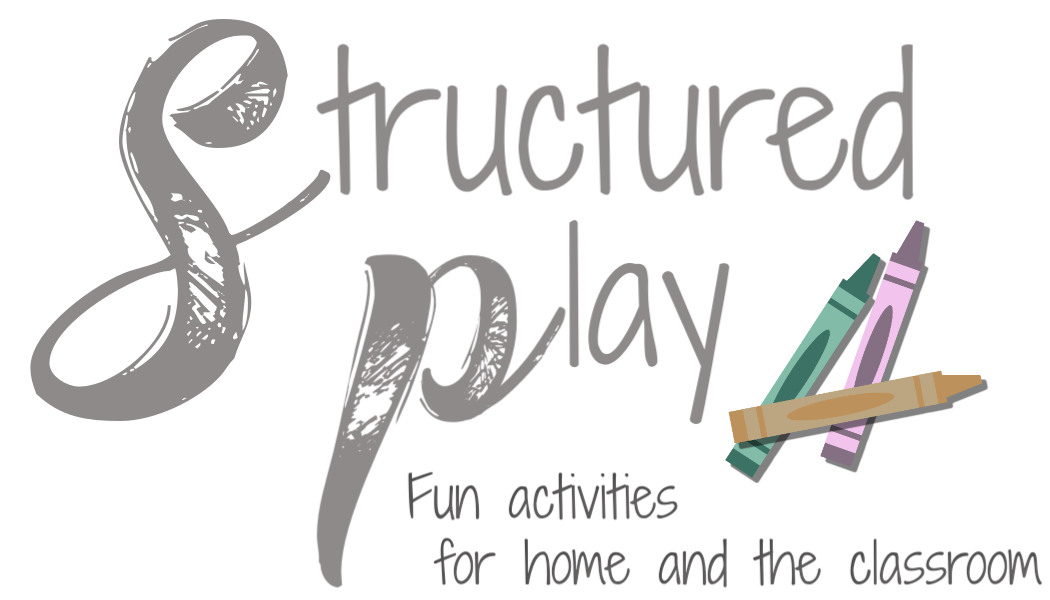For September I chose the theme of Apples, Red, and Circle. (I am not going to get into number are letters just yet.) I chose apples because it is harvest season. I chose red and circles because apples can be red and are fairly circular. You want your theme to naturally flow that way it reinforces skills over and over.
I have broken my plans into Literature/Music, Crafts/Games, and Dramatic Play. There are activities for each of the three sections. They do not need to be completed in any particular order and should be repeated multiple times (sometimes daily) to reiterate the skill.
September: Apple Theme Plans
The Plans Document includes all of the activities as well as a book list. Included are; words to songs and story board stories. It is important to reiterate that the plans do not need to be completed in any particular order. It can be problematic to try to plan too much in advance. My suggestion is to have all supplies on hand, that way if your toddler's mood is compliant than you can do an activity. You want to make sure that Structured Play time stays fun and exciting. You never want tension, frustration, or boredom!
September: Apple Theme Resources
The Resources Document should be printed on card stock paper, preferably with a color printer. If that is not available just color the pictures after printing. Next cut them out and laminate. If you do not have the resources to laminate a great option would be to use clear contact paper. (This is a teacher trick.) Pick up some clear contact paper (Found at the Dollar Tree dollar store!!) Peal the backing and lay cut out pieces on top. Then place another sheet over top of that one. Squish down to seal all the edges and then just cut out! Instant laminating! :) This will protect your game pieces for quite sometime.
I have broken my plans into Literature/Music, Crafts/Games, and Dramatic Play. There are activities for each of the three sections. They do not need to be completed in any particular order and should be repeated multiple times (sometimes daily) to reiterate the skill.
September: Apple Theme Plans
The Plans Document includes all of the activities as well as a book list. Included are; words to songs and story board stories. It is important to reiterate that the plans do not need to be completed in any particular order. It can be problematic to try to plan too much in advance. My suggestion is to have all supplies on hand, that way if your toddler's mood is compliant than you can do an activity. You want to make sure that Structured Play time stays fun and exciting. You never want tension, frustration, or boredom!
September: Apple Theme Resources
The Resources Document should be printed on card stock paper, preferably with a color printer. If that is not available just color the pictures after printing. Next cut them out and laminate. If you do not have the resources to laminate a great option would be to use clear contact paper. (This is a teacher trick.) Pick up some clear contact paper (Found at the Dollar Tree dollar store!!) Peal the backing and lay cut out pieces on top. Then place another sheet over top of that one. Squish down to seal all the edges and then just cut out! Instant laminating! :) This will protect your game pieces for quite sometime.



Comments
Post a Comment